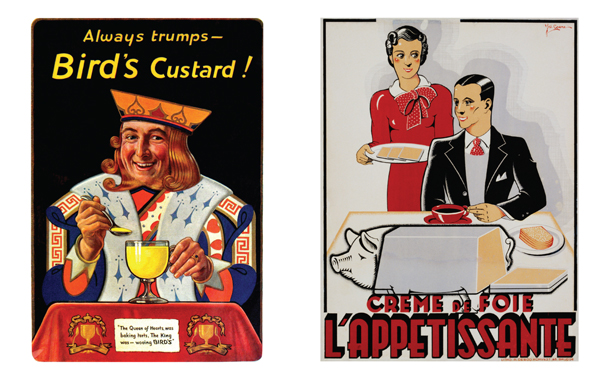
Text By LOUISE MCCREADY
Photographs by Antiques & Collectables/Alamy (Left); Swim Ink 2/Corbis (Right)
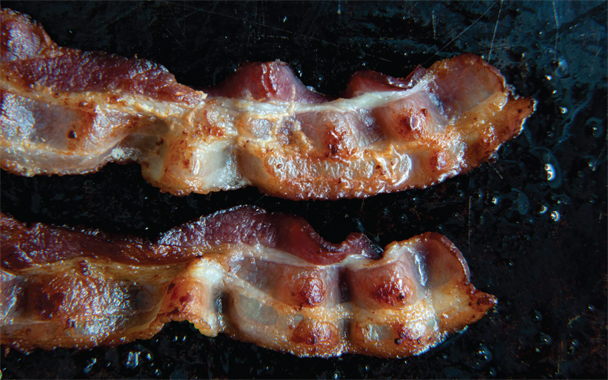
Text By Adam Houghtaling
Photograph by Stephanie Foley

Text By Jessica Glavin
Photograph by Digital Vision/Getty
Text by Lindsay Maas
Photograph by John Foxx/Getty
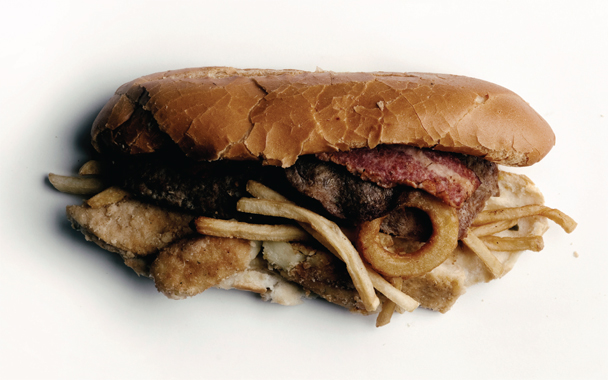
Text By Jessica Glavin
Photograph by Stephanie Foley

Text By Louise McCready
Photograph by Will Femia

Text By Christy Harrison
Photograph by Noggin
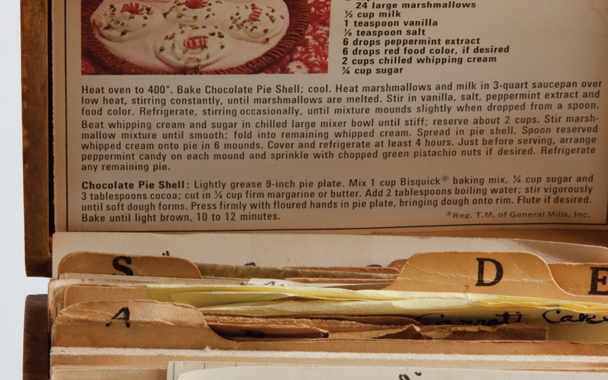
Text By Louise McCready
Photograph by Stephanie Foley
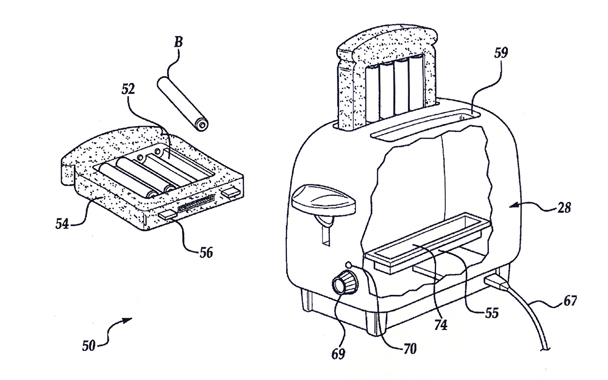
Text By Chris Dudley
Photograph Courtesy of Patently Silly by Daniel Wright/The Lyons Press

Text By Christy Harrison
Photograph by Stephanie Foley
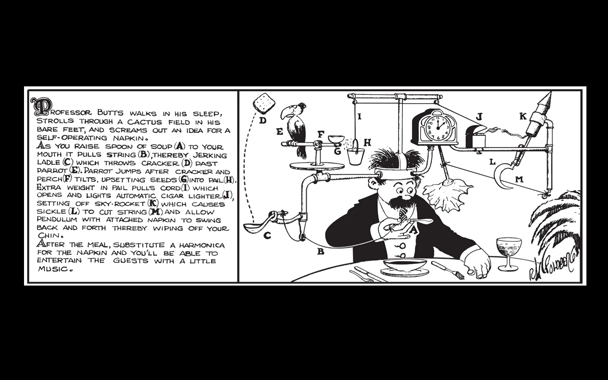
Text By Chris Dudley
Photograph by Rube Goldberg™ & © of Rube Goldberg, Inc.
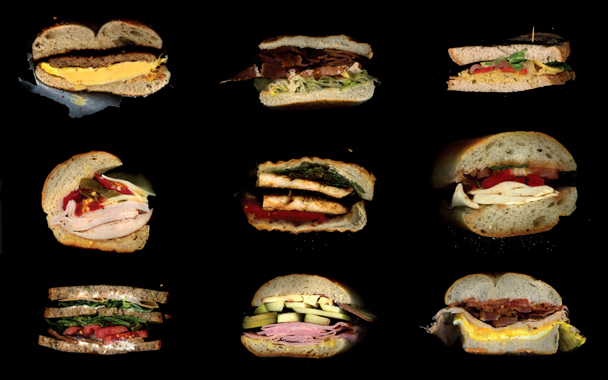
Text By Jessica Glavin
Photograph Courtesy of scanwiches.com
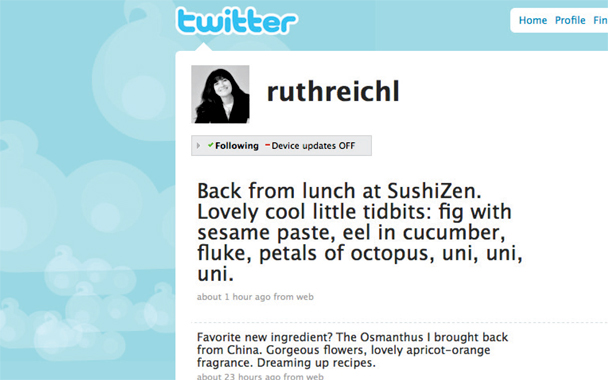
Text by Lindsay Maas
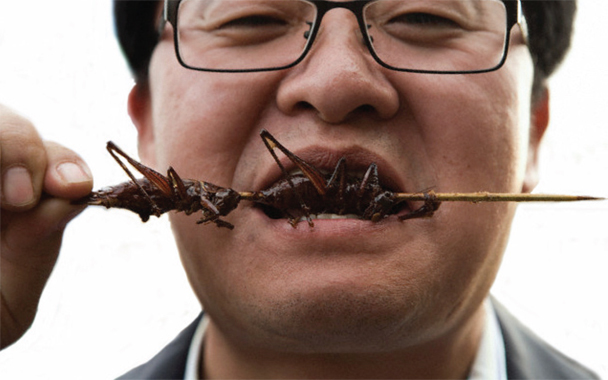
Text By Christy Harrison
Photograph by Catherine Karnow
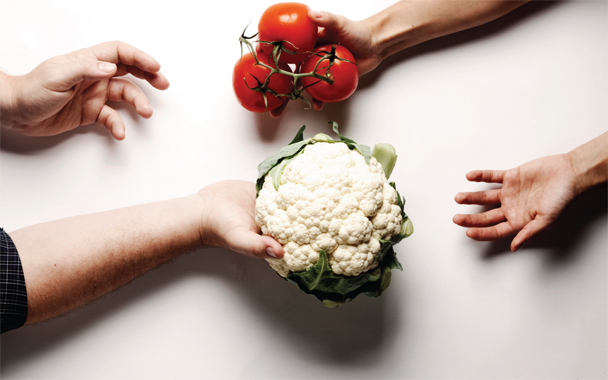
Text by Louise McCready
Photograph by Stephanie Foley

Text By Lindsay Maas

Text By Christy Harrison
Photograph by Marco Bulgarelli/Corbis

